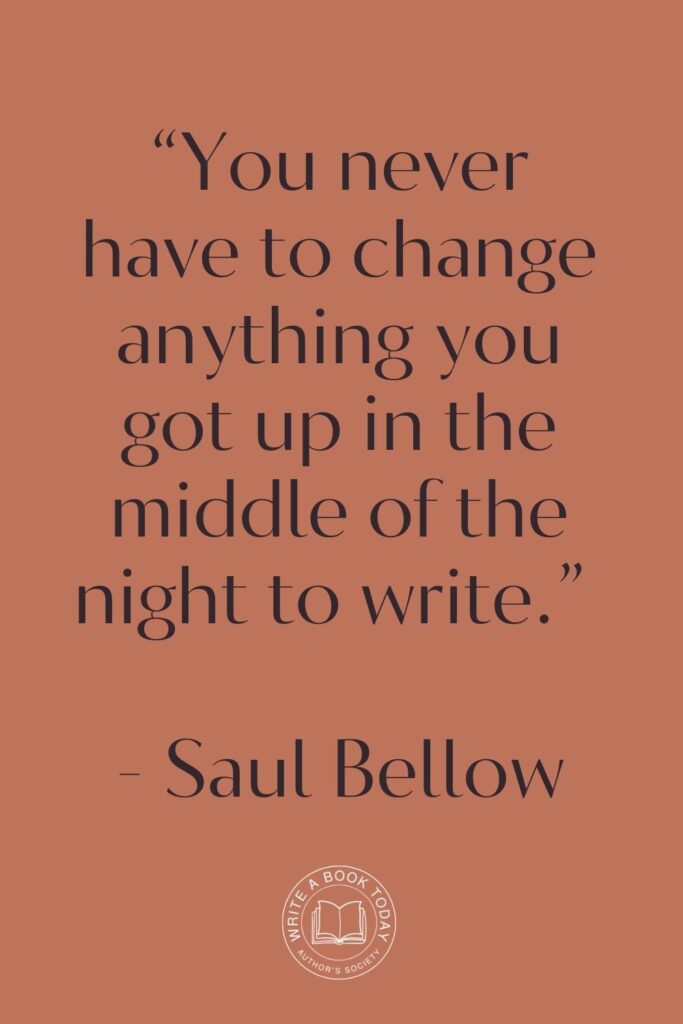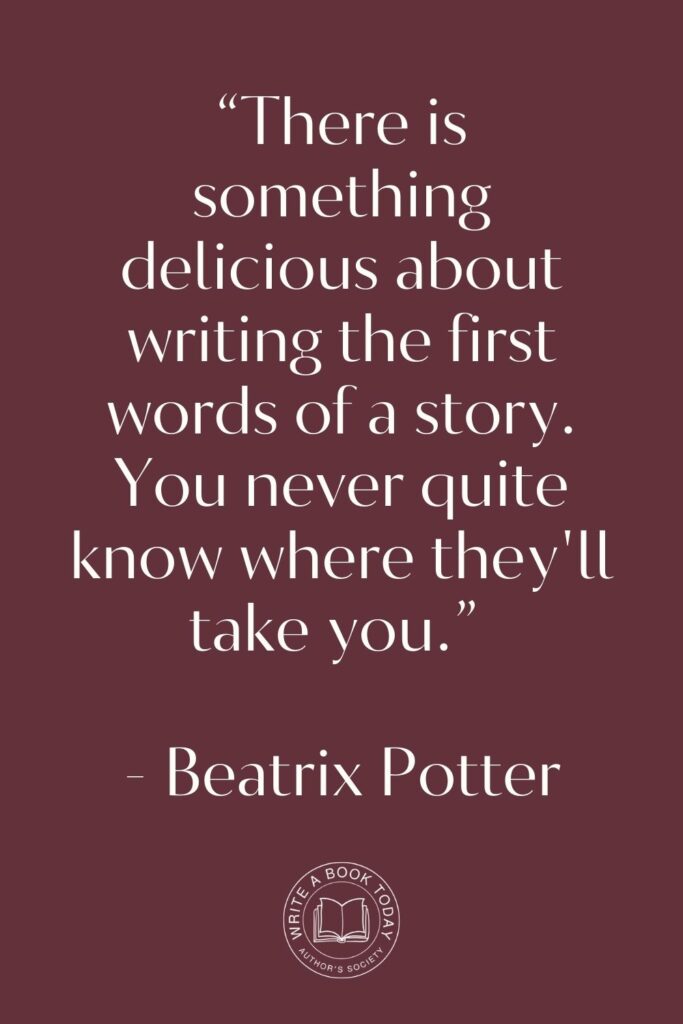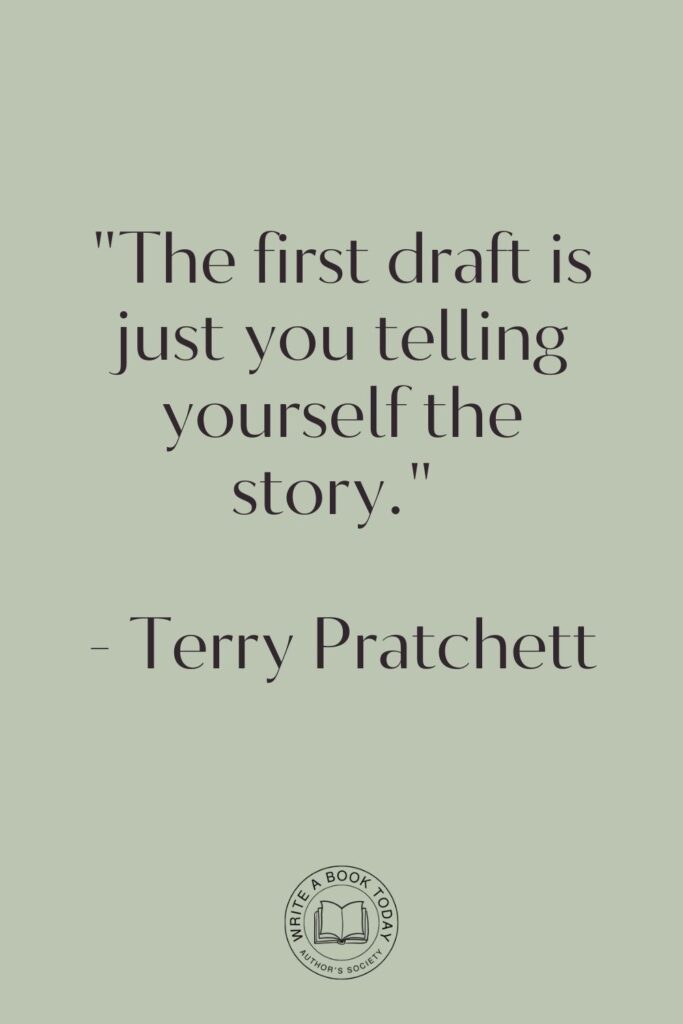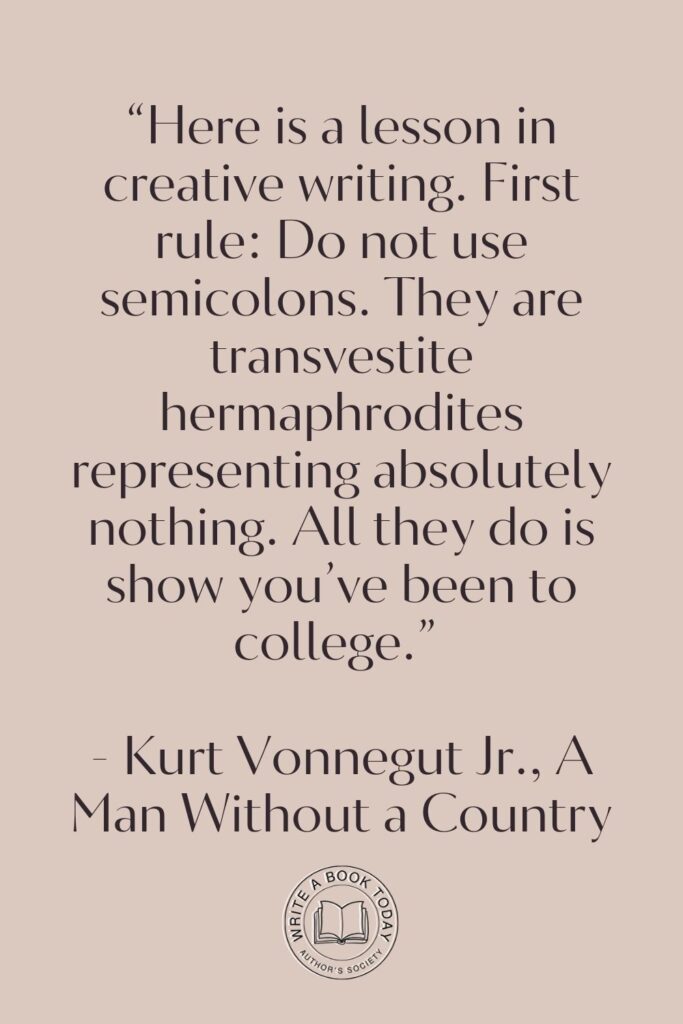Every great story is like a journey, guiding its readers through a landscape of emotions and revelations.
But what if there was a map to help you navigate this storytelling terrain?
Enter the 3 Act Structure, a time-tested framework that has been the backbone of countless novels and films.
It’s a tool that transforms mere words into compelling narratives, captivating audiences and keeping them on the edge of their seats.
Whether you’re penning your first novel or refining your craft, understanding this structure can be your ticket to creating unforgettable stories.
Understanding the 3 Act Structure
The 3 Act Structure is not just a template but a powerful storytelling technique that divides a narrative into three distinct parts: the Setup, the Confrontation, and the Resolution.
This framework is rooted in classical drama, yet its principles are timeless, offering a blueprint for crafting stories that resonate deeply with readers.
What is the 3 Act Structure?
At its core, the 3 Act Structure is about organising your story into a beginning, middle, and end.
The first act sets the stage, introducing characters and their world, while the second act intensifies conflicts and challenges.
Finally, the third act resolves these conflicts, bringing the story to a satisfying conclusion.
This structure ensures that each part of your story serves a purpose, guiding the narrative towards a cohesive and engaging whole.
Google Docs is for notes. Scrivener is for novels. Upgrade your writing game and try it for free today!

The History and Importance of the 3 Act Structure
The roots of the 3 Act Structure can be traced back to Aristotle’s “Poetics,” where he emphasised the importance of a clear beginning, middle, and end in storytelling.
Over centuries, this framework has been refined and adapted, becoming a staple in modern storytelling.
Its importance lies in its ability to create a rhythm and flow that mirrors our natural understanding of stories, making it universally accessible and relatable.
Key Components of the 3 Act Structure
Each act within the 3 Act Structure serves a distinct function:
- Act One – Setup: Introduces the protagonist, their world, and the inciting incident that disrupts their status quo.
- Act Two – Confrontation: The protagonist faces rising challenges and obstacles, leading to a pivotal midpoint that shifts the narrative.
- Act Three – Resolution: Culminates in a climax and resolution, addressing conflicts and showcasing the protagonist’s evolution.

The Setup: Act One Unveiled
The first act of your story is where you lay the groundwork.
It’s the foundation upon which the rest of your narrative is built, setting the tone and establishing the stakes for your characters.
Establishing Characters and Setting
In Act One, your task is to introduce your characters and their world.
This involves more than just names and places; it’s about creating a vivid backdrop that immerses your readers.
Consider J.R.R. Tolkien’s “The Hobbit,” where the Shire is painted with such detail that it becomes a character in its own right.
Establishing a strong sense of place helps ground your story and provides a familiar touchstone for your audience.
To engage your readers from the start, create a vivid and immersive setting. Use sensory details to paint a picture of your story’s world, making it feel alive and real.
The Inciting Incident: A Catalyst for Change
The inciting incident is the spark that ignites your story.
It’s the moment when the protagonist’s ordinary world is turned upside down, forcing them to take action.
Think of Harry Potter receiving his letter to Hogwarts or Katniss volunteering as tribute in “The Hunger Games.”
This event sets the narrative in motion, propelling your characters into the heart of the story.
Crossing the Threshold: The Point of No Return
As Act One draws to a close, your protagonist must make a choice that propels them into the unknown.
This is the point of no return, where they commit to the journey ahead.
In “The Hobbit,” Bilbo’s decision to join Gandalf and the dwarves marks this crucial transition, taking him from the safety of the Shire into a world of adventure and danger.

The Confrontation: Act Two in Action
Act Two is where the real magic happens. It’s the longest part of your story, filled with tension, conflict, and growth.
Here, your protagonist faces a series of challenges that test their resolve and push them towards transformation.
Rising Tension and Challenges
This act is all about building pressure. Your protagonist encounters obstacles that force them to adapt and grow.
Each challenge should escalate the stakes, keeping readers engaged and invested in the outcome.
Consider the trials faced by Frodo in “The Lord of the Rings,” as he navigates the perils of Middle-earth, each step bringing him closer to his goal yet further from safety.
No marketing platform? No social following? No problem!
Publisher Rocket helps you market your debut novel like a pro.
It’s a gamechanger for debut authors – try it today!


The Midpoint: A Critical Turning Point
The midpoint is a pivotal moment that shifts the direction of your story.
It’s often a dramatic revelation or event that changes the protagonist’s understanding of their journey.
In “Pride and Prejudice,” Elizabeth Bennet’s realisation of Mr. Darcy’s true character serves as a turning point, altering her perceptions and setting the stage for the story’s resolution.
Use the midpoint to introduce a twist or revelation that deepens the story’s complexity. This can add layers to your narrative and keep readers guessing.
Plot Point Two: Renewed Determination
As Act Two nears its end, your protagonist must face a significant setback that tests their resolve.
This plot point pushes them to dig deep, reassess their goals, and prepare for the final confrontation.
It’s a moment of renewed determination, where they gather their strength and resources for the challenges ahead.

The Resolution: Act Three and Its Impact
In Act Three, all the threads of your story come together.
This is where conflicts are resolved, characters reach their potential, and the narrative finds its conclusion.
It’s the payoff for all the tension and buildup that came before.
Climactic Confrontations and Resolutions
The climax is the high point of your story, where the protagonist faces their greatest challenge.
This confrontation should be intense and emotionally charged, delivering a satisfying resolution to the central conflict.
In “The Matrix,” Neo’s final battle against Agent Smith epitomises this dramatic showdown, showcasing his transformation and newfound power.
Denouement: Tying Up Loose Ends
After the climax, the denouement provides closure. It’s the aftermath of the story, where loose ends are tied up, and the protagonist reflects on their journey.
This section should offer a sense of resolution and leave readers with a lasting impression.
In “The Great Gatsby,” the final scenes reflect on the themes of the American Dream and the fleeting nature of success.

Applying the 3 Act Structure to Your Novel
Now that we’ve explored the components of the 3 Act Structure, let’s look at how you can apply this framework to your own writing.
Whether you’re outlining a new project or revising a draft, these tips can help you harness the power of this storytelling technique.
Practical Tips for Implementing the Structure
Start by outlining your story within the framework of the 3 Act Structure. Identify key events and turning points for each act to ensure a cohesive narrative flow.
Use character arcs to guide the progression of your story. Ensure that your protagonist evolves over the course of the narrative, reflecting the themes and conflicts you’ve established.
Feeling lost with your debut novel?
Fiverr Pro connects you with expert editors, designers, and marketers – everything you need to get your book ready for success!

Examples from Popular Novels
Many beloved novels exemplify the 3 Act Structure, demonstrating its versatility and effectiveness.
For instance, “The Hunger Games” by Suzanne Collins uses this framework to create a fast-paced, gripping narrative.
The setup introduces Katniss and her world, the confrontation sees her navigate the dangers of the arena, and the resolution ties up the central conflict while setting the stage for future instalments.
Final Thoughts: Embracing the 3 Act Structure
Embracing the 3 Act Structure can transform your storytelling, providing a roadmap for crafting compelling and engaging narratives.
By understanding the components and functions of each act, you can create stories that resonate with readers, drawing them into a world of imagination and emotion.
So, take this framework, experiment with it, and let your creativity soar. After all, every great journey begins with a single step—or in this case, a single act.








